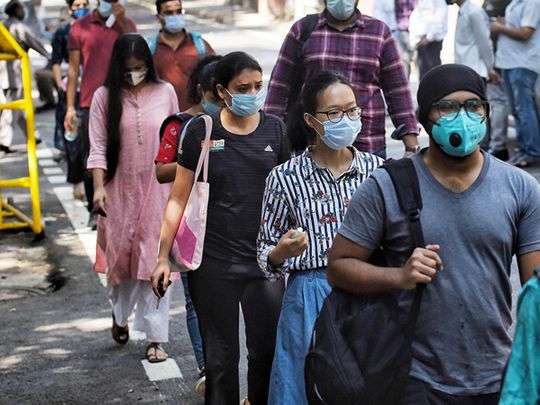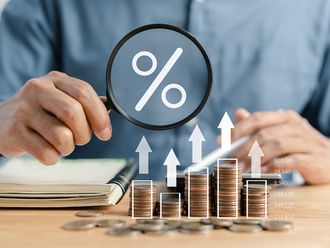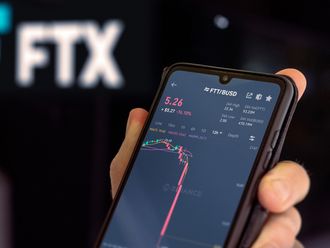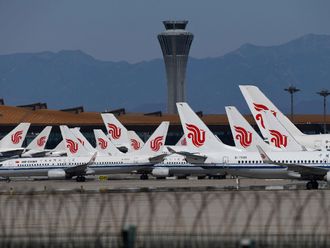
New Delhi: India is set to regain its position as the world’s fastest growing major economy this year, but any euphoria is likely to be tempered by concerns around a resurgent virus outbreak.
Gross domestic product (GDP) will grow 9.2 per cent in the fiscal year ending March 2022, according to the first official estimate released by the National Statistical Office (NSO) Friday. That’s slightly slower than a 9.5 per cent expansion forecast by the Reserve Bank of India as well as the economists surveyed by Bloomberg.
With one quarter still left in the fiscal year and parts of the economy already facing fresh curbs to stem the omicron variant, the estimate will likely undergo revisions. The uncertainty spawned by the pandemic has so far kept fiscal and monetary policies accommodative to aid the a durable recovery, even as global peers have begun dialing back stimulus measures to combat inflation.
A sustained pace of growth is key to attracting investors to India, which is in the midst of a massive privatisation drive, besides boosting manufacturing and creating jobs.
“We do have pockets of revenge demand coming in spurts but consumption still needs some hand-holding,” said Shubhada Rao, founder at QuantEco Research in Mumbai, who reckons that the impact of India’s ongoing third virus wave may have been factored in these estimates. “We are looking at 7.5% growth next year.”
Omicron risk
The rising cases of the Omicron variant of the corona virus has prompted several economists to lower growth projections for this year, with particularly the fourth quarter numbers likely to come under strain.
In a nutshell, the NSO data suggest that the absolute GDP and Gross Value Added (GVA) will claw back and better the numbers in the pre-Covid year of 2019-20. While government spending will remain buoyant, investments too have picked up and are estimated to be more than the level in the pre-Covid year or 2019-20. What probably hurts economy the most – consumption demand, which is 55 per cent of the GDP – is estimated to remain sluggish, below the pre-Covid year (2019-20) levels.
On the expenditure side, government final consumption expenditure is seen 7.6 per cent higher than FY21 and 10.7 per cent higher than FY20. Investment activity has picked up too, as reflected by the buoyant gross fixed capital formation (GFCF). GFCF is seen growing 14.9 per cent in FY22 compared with 2020-21 and 2.6 per cent higher than pre-pandemic year of 2019-20.
Key sectors
Among sectors, agriculture is seen growing at 3.9 per cent in FY22 as against 3.6 per cent growth in the previous year, while manufacturing sector is seen growing 12.5 per cent as against a 7.2 per cent contraction last fiscal. Electricity generation is estimated to grow 8.5 per cent as against 1.9 per cent last year.
Trade, hotels, and transport services are projected to post a growth of 11.9 per cent owing to the base effect – in 2020-21, it had contracted sharply by 18.2 per cent. In absolute terms, this services segment is still estimated to be below pre-pandemic levels.












